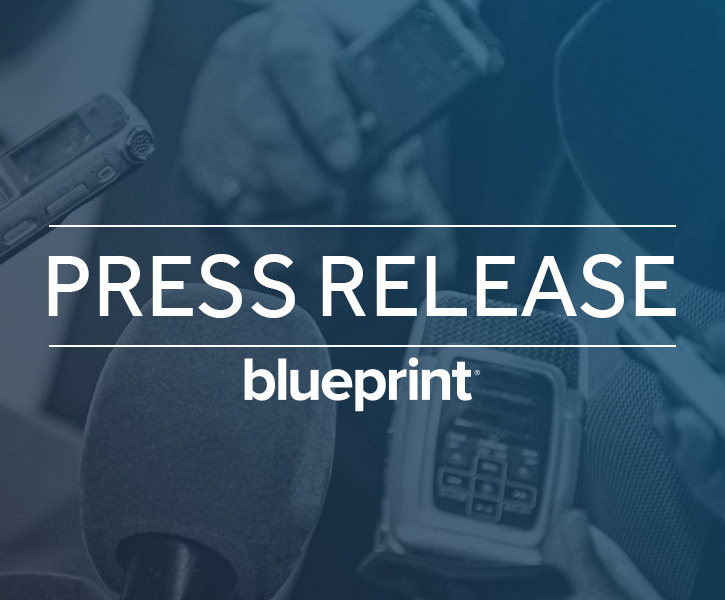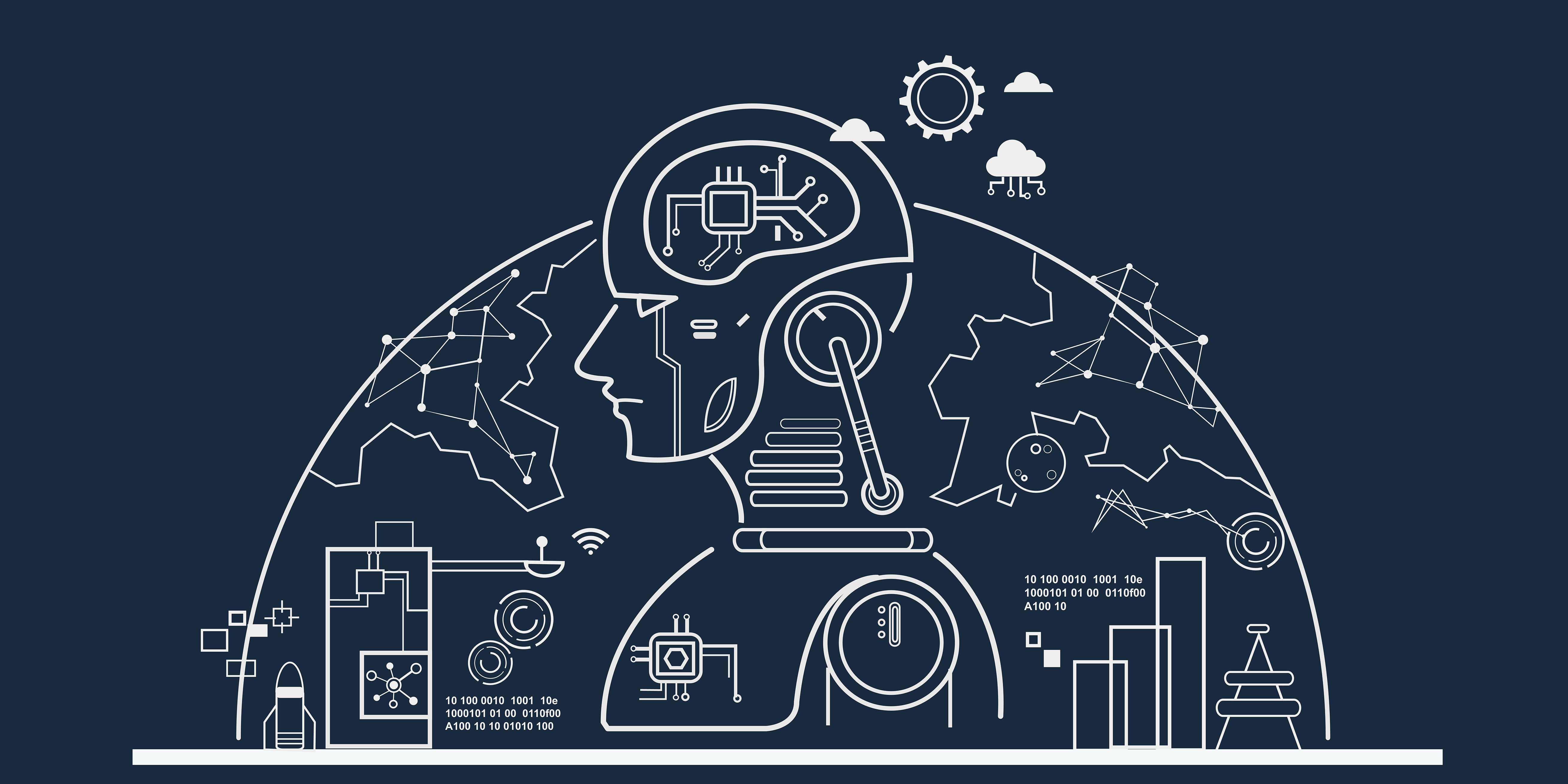From AI to Lifecycle Management: 6 Trends Shaping RPA in 2025
As 2025 approaches, Robotic Process Automation (RPA) continues rapidly advancing and transforming how businesses operate and innovate. With trends like hyperautomation, AI-driven capabilities, and the rise of low-code platforms, RPA is no longer just a tool for cost reduction but a strategic driver of digital transformation. In addition, effective RPA lifecycle management is becoming critical for maximizing ROI and sustaining automation success. Here are the top six RPA predictions for 2025, with insights into how Blueprint Systems’ solutions can help businesses thrive in this ever-evolving landscape.
1. Hyperautomation Becomes Ubiquitous
Hyperautomation—the convergence of RPA with Artificial Intelligence (AI), Machine Learning (ML), and process mining—is expected to dominate the automation space in 2025. By automating entire workflows rather than individual tasks, hyperautomation creates self-operating systems that require minimal human intervention.
By 2025, Gartner predicts hyperautomation will impact one-fifth of all business processes, driving efficiency and agility in operations. Businesses embracing this trend will gain a competitive edge, reducing costs while improving process speed and accuracy.
2. AI-Enhanced RPA Takes Center Stage
AI-driven RPA will revolutionize automation by enabling bots to handle unstructured data, understand natural language, and make real-time decisions. Tasks such as document analysis, customer interactions, and predictive maintenance will become automated, unlocking significant operational efficiencies.
Forrester predicts the RPA market will grow to $22 billion by 2025, reflecting the demand for advanced automation solutions. Combining RPA with AI will allow businesses to tackle more complex, high-value processes, further expanding RPA’s capabilities.
3. RPA Expands into New Industries
In 2025, RPA adoption will grow beyond traditional sectors like finance and IT, finding innovative applications in previously untouched industries such as healthcare, education, and agriculture.
- Healthcare: Automation will streamline patient record management, claims processing, and billing, allowing providers to focus on patient care.
- Education: Tasks like enrollment, grading, and scheduling will be automated, freeing up time for educators and administrators.
- Agriculture: RPA will enhance supply chain management and optimize IoT-enabled device monitoring for better productivity.
This broadening of RPA applications underscores its potential to drive transformation across multiple and unexpected industries.
4. Enhanced Cyber-Security
As automation adoption grows, cybersecurity concerns are taking center stage. RPA systems are increasingly being equipped with AI capabilities to monitor network traffic, detect anomalies, and respond to threats in real-time. These proactive cybersecurity measures are essential for protecting sensitive data and maintaining compliance in an era of escalating cyber threats.
Businesses will increasingly prioritize secure RPA implementations, integrating robust cybersecurity measures to safeguard their operations.
Democratization of RPA through Low-Code PlatformsLow-code and no-code platforms are democratizing RPA, making it accessible to non-technical users. This trend allows small and medium enterprises (SMEs) to leverage automation without extensive IT resources, fostering innovation across organizations of all sizes.
With user-friendly platforms enabling employees to design and deploy bots, RPA is poised to become an essential tool for scaling efficiency and reducing manual workloads.
5. The Rise of RPA Lifecycle Management
One of the most critical trends for 2025 is the growing focus on RPA lifecycle management. As organizations mature in their automation journeys, managing the entire lifecycle of bots—from design to deployment and retirement—becomes essential. Poorly managed RPA implementations often lead to inefficiencies, increasing costs, and diminishing returns.
How Blueprint Supports RPA Lifecycle Management
Blueprint’s expertise in RPA lifecycle management enables organizations to maximize the value of their automation investments. Here’s how:
- Process Optimization: Blueprint helps businesses optimize their automation strategies by identifying inefficiencies and recommending enhancements. This ensures that every RPA implementation aligns with business goals and delivers maximum ROI.
- Centralized Bot Management: Blueprint simplifies oversight and maintenance by providing a centralized platform to manage bot portfolios. This approach reduces duplication and ensures bots remain efficient and effective throughout their lifecycle.
- Seamless Upgrades and Migration: When it’s time to upgrade bots or migrate to new platforms, Blueprint’s migration solutions streamline the process, ensuring smooth transitions with minimal disruption.
- Compliance and Audit Readiness: Blueprint’s lifecycle management tools provide detailed audit trails and documentation, ensuring that businesses meet regulatory requirements and maintain governance over their RPA implementations.
In 2025, organizations that prioritize lifecycle management will be better equipped to handle growing automation portfolios, maintain operational efficiency, and avoid costly redundancies.
Blueprint: Your Partner for 2025 and Beyond
As RPA continues to evolve, organizations must adapt to emerging trends to remain competitive. Blueprint’s suite of assessment, migration, and lifecycle management tools empowers businesses to optimize their automation strategies and future-proof their investments.
Whether you’re looking to evaluate your existing automation landscape, migrate bots to new platforms, or streamline lifecycle management, Blueprint’s solutions are designed to ensure success at every stage of your RPA journey.
Share this
Recent Stories




